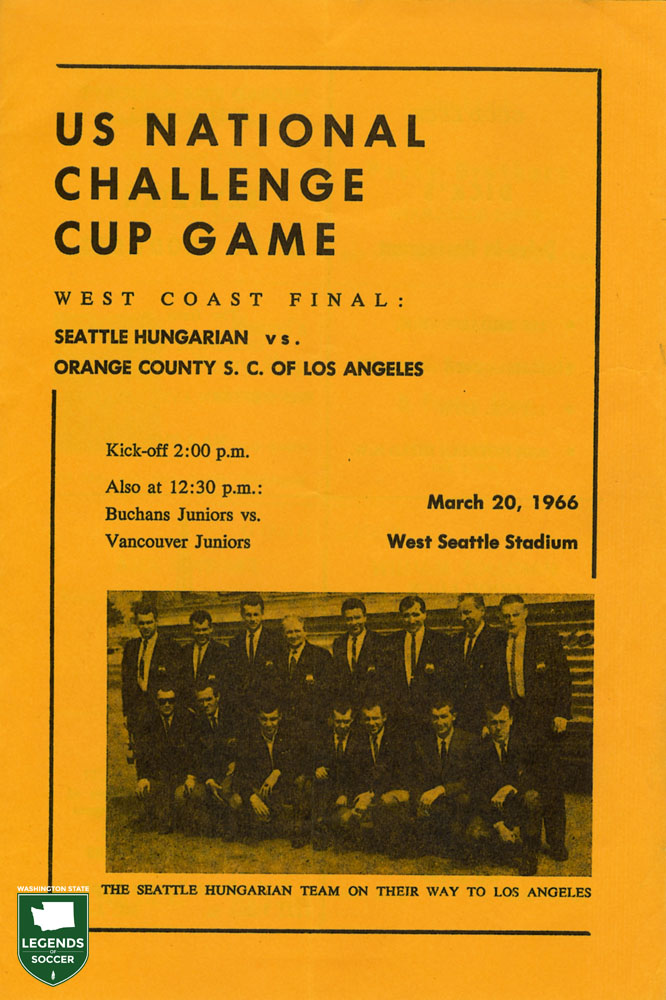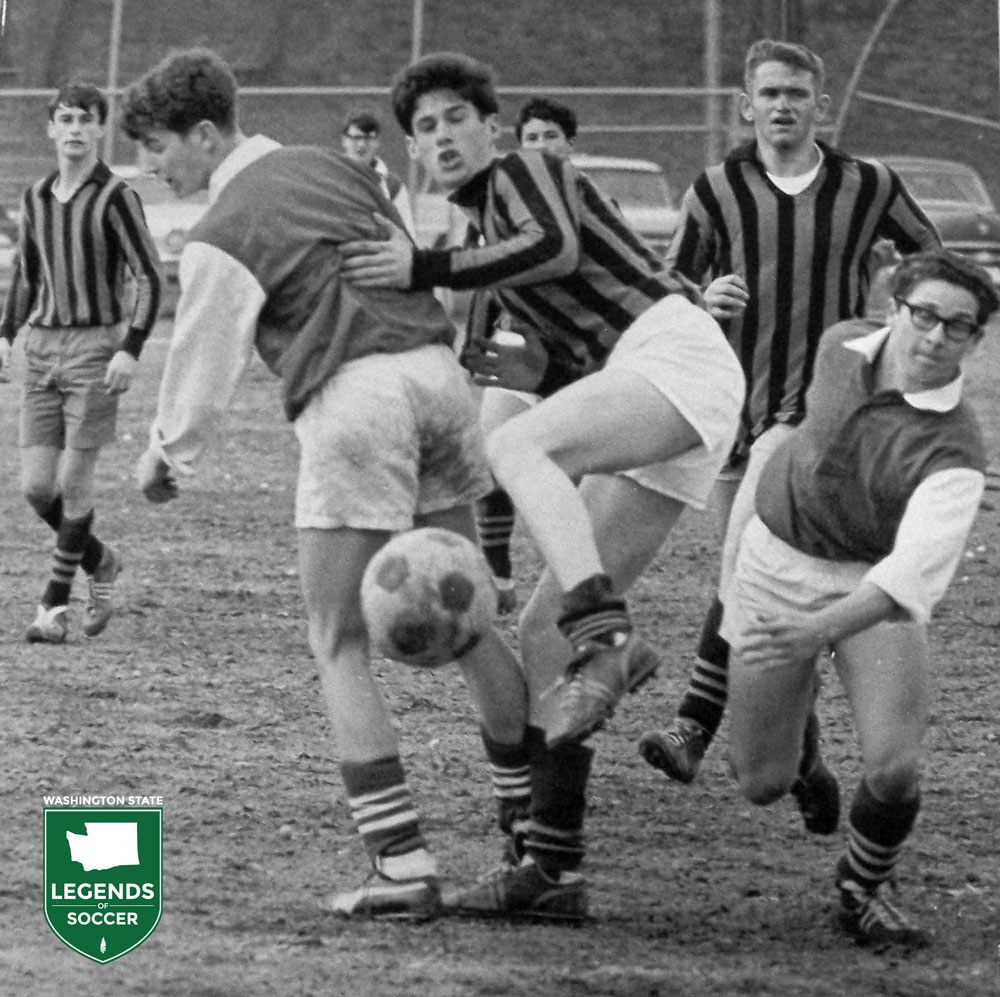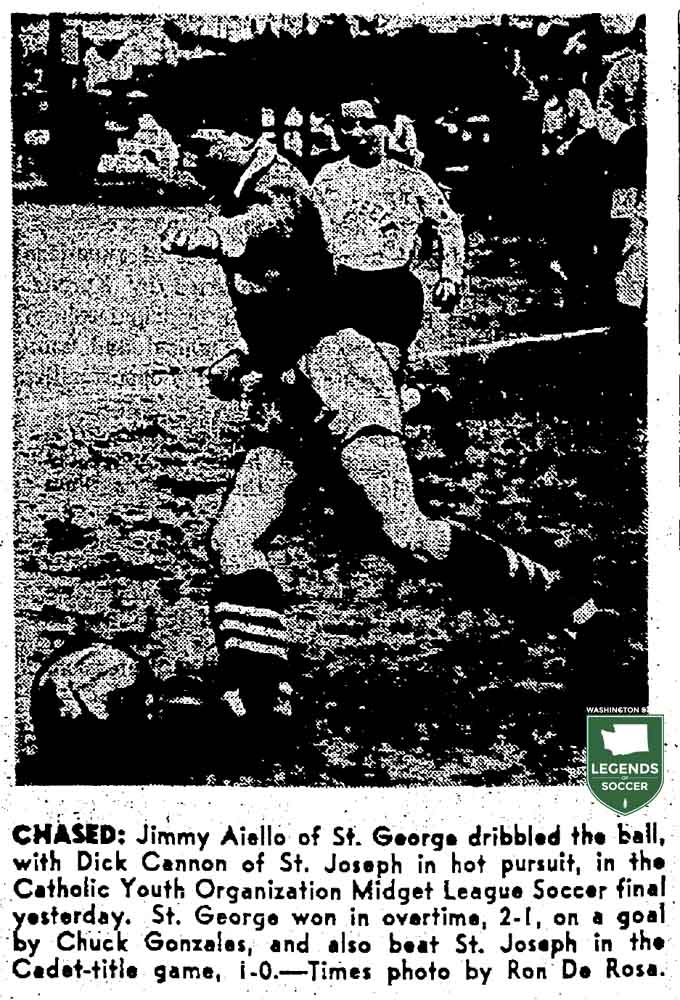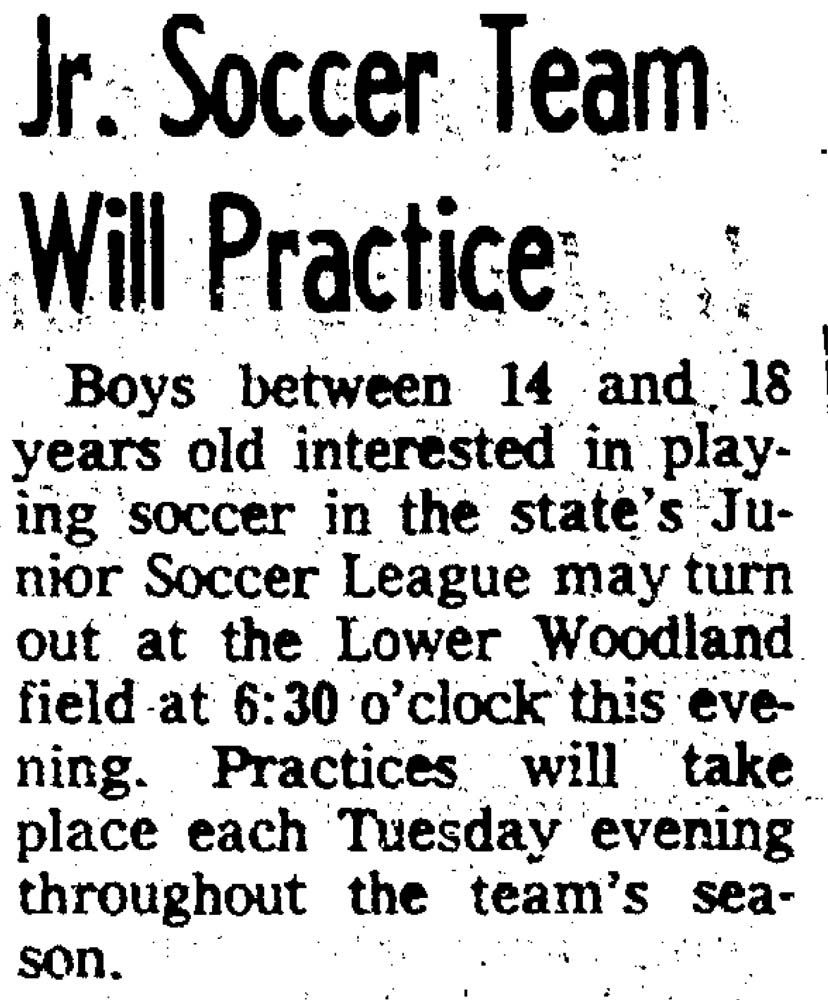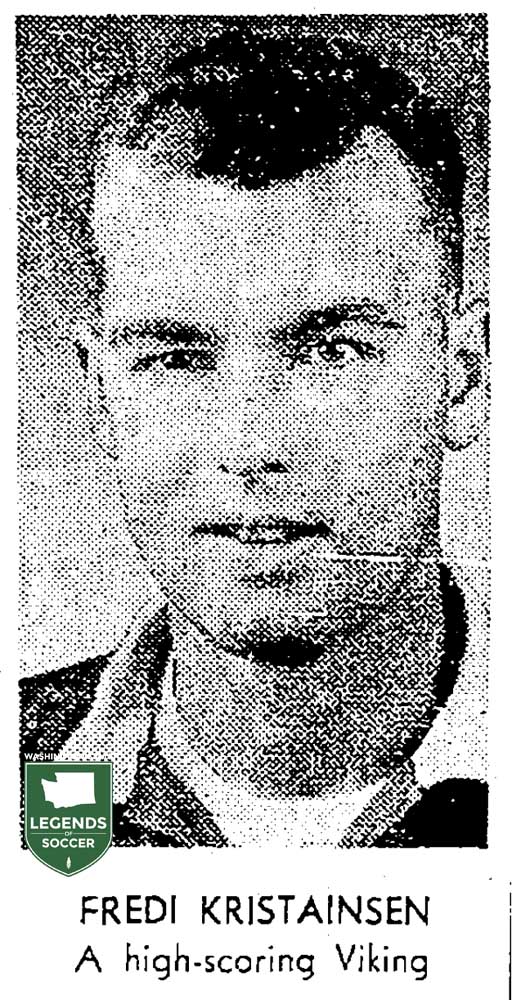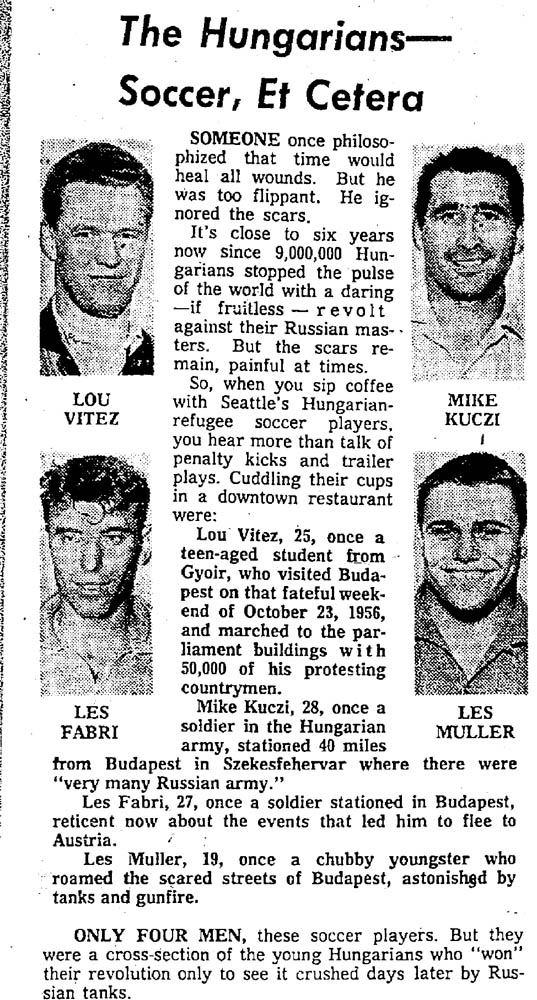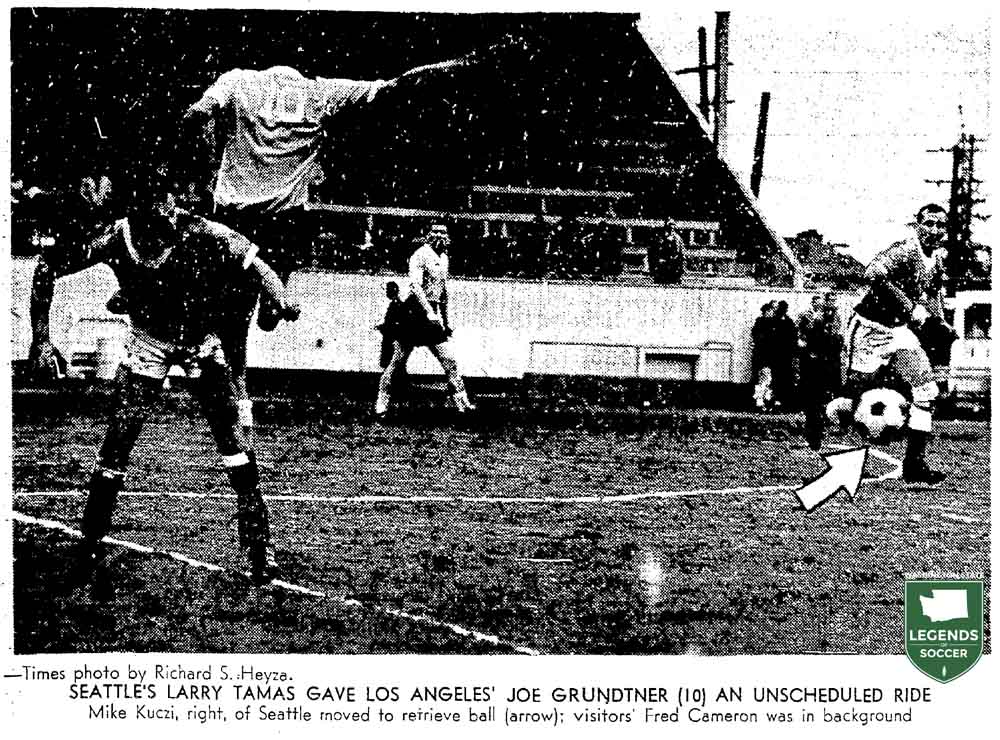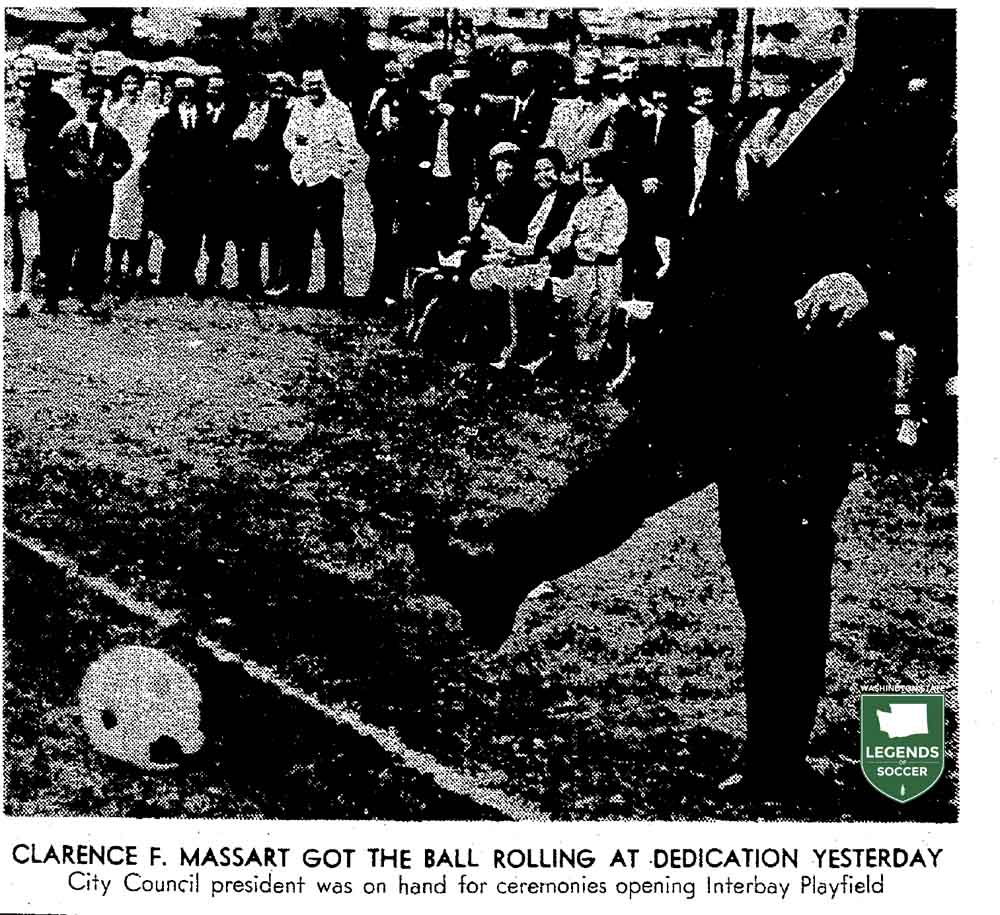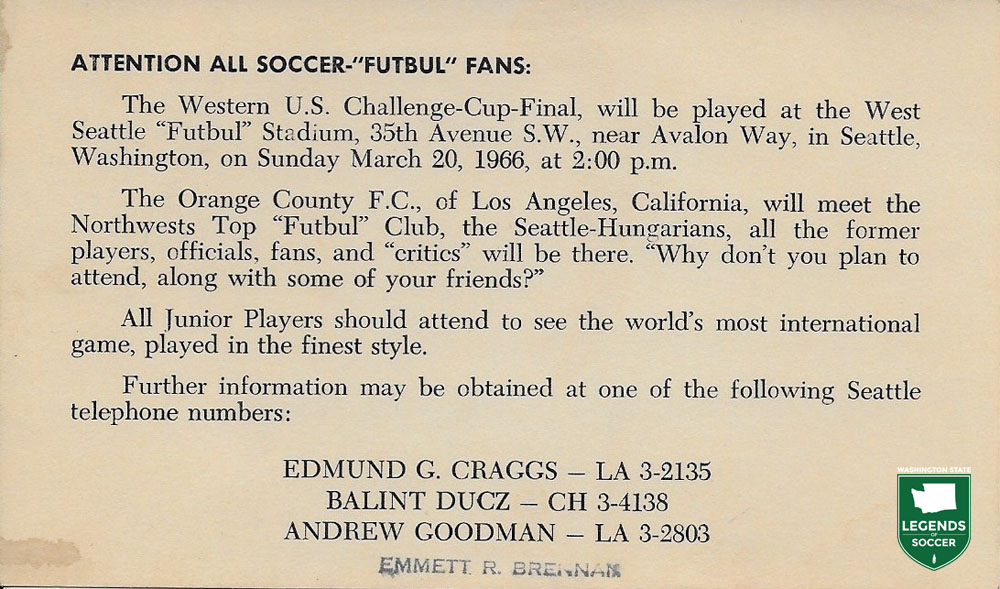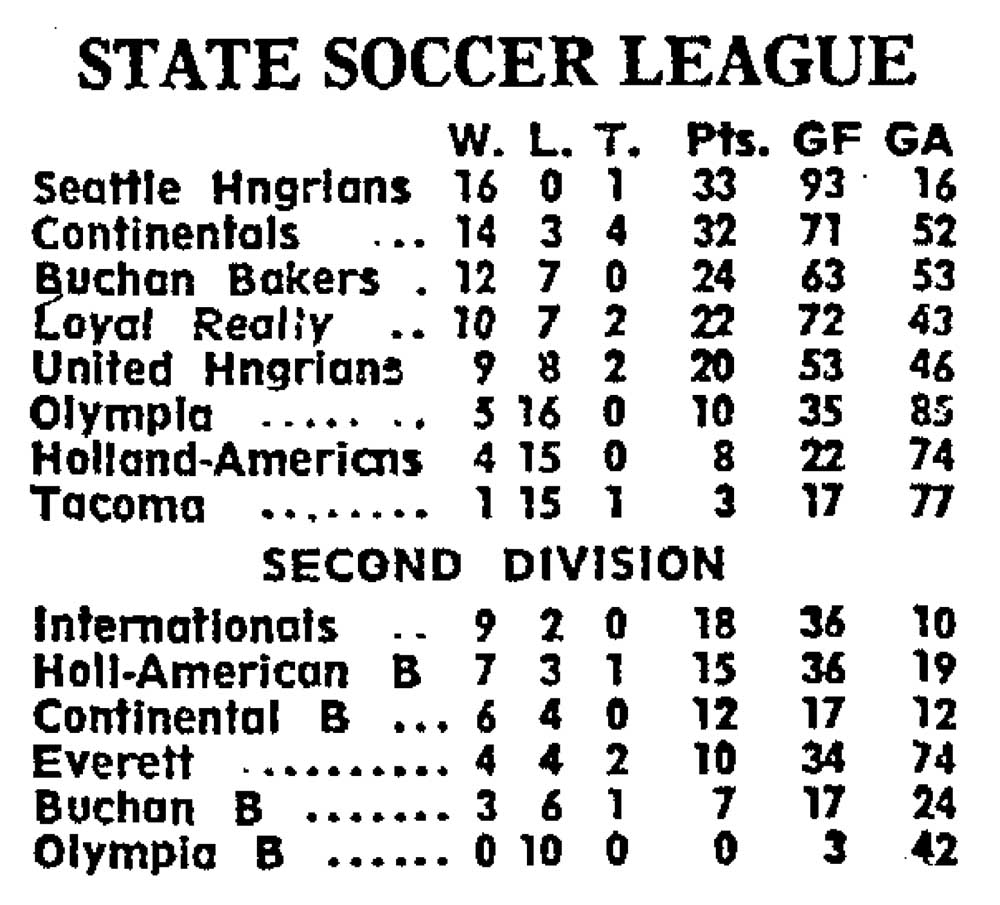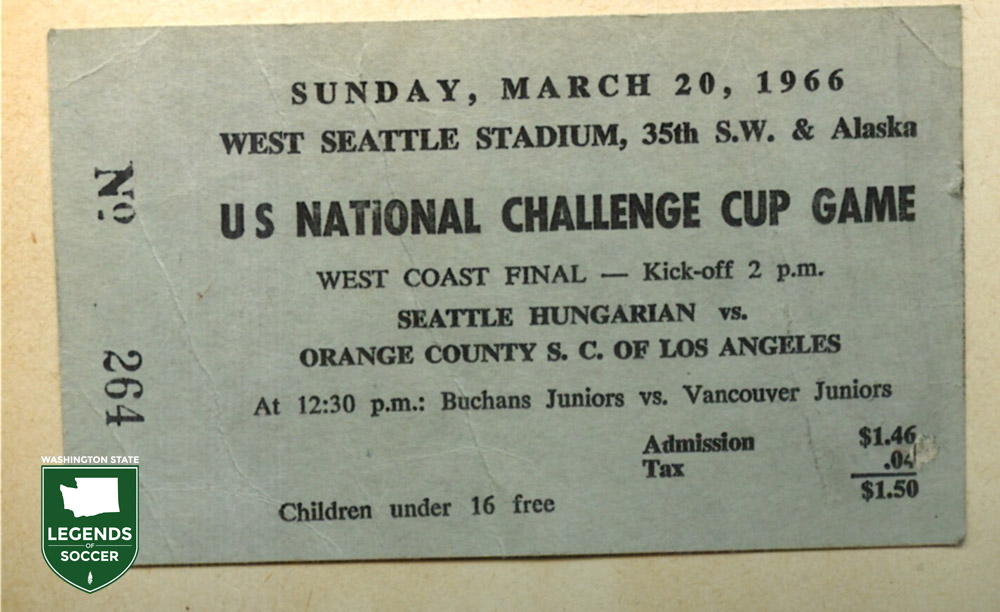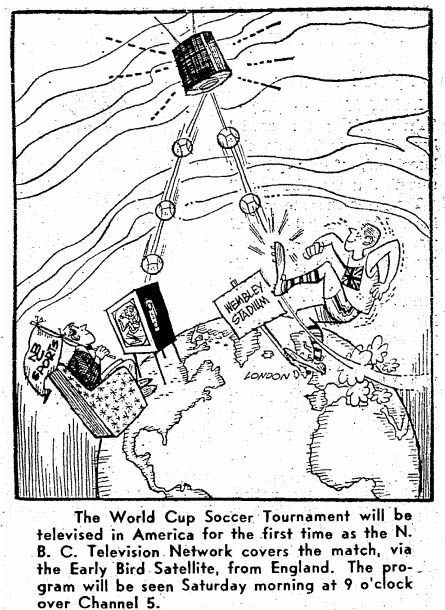1966 – Around the World and Close to Home
The war in Vietnam intensifies with the doubling of deployed U.S. forces. Medicare is as a national health insurance program for persons aged 65 and over and the disabled and Texas Western, starting five Black players for the first time in NCAA championship game history, upsets Kentucky for the men’s basketball tournament title. Boeing wins the federal contract to develop the supersonic transport (SST), Seattle Community College opens 13 campuses to 11,000 students and the NBA grants an expansion franchise to Seattle, to begin play in 1967-68.
America's Breakout Year
It was a breakout year across American soccer and, to a certain extent, Washington state. Satellites made it possible for NBC to transmit the World Cup final from London’s Wembley Stadium to affiliates around the nation, and England’s thrilling extra time victory over West Germany introduced the glory of international football to a wider audience than ever before. That interest helped spawn two national professional leagues, to begin play in 1967 and it undoubtedly inspired the youth to try this new game in the following fall.
Although there had been fits and start for organizing play for youth, the sheer volume of Baby Boomers gives rise to the movement during the Sixties. Consequently, it becomes evident that the game’s future is not founded on largely ethnic adult play but the thousands of juniors from mainstream families demonstrating increased interest.
Immigrants are still playing a vital role. Their skills and knowledge in both organizing clubs and coaching teams gives the start-up associations the necessary framework, and their passion fosters a love for soccer among the kids. On the east side of Lake Washington, for instance, Jack Goldingay, an England-born Boeing engineer, organized neighborhood boys. In 1966, Goldingay then recruited Bellevue neighbor and Boeing co-worker and carpool mate Tom Webb to help out. It was a formula that could be found in other Puget Sound cities.
“It was Mike Ryan in Seattle, Frank Hall in Tacoma and Jack Mickelberry in Federal Way,” explained Webb. “The Washington State Soccer Football Association was the controlling body in our state they ran everything. Eddie Craggs was the youth commissioner, and he was easy to talk to I liked him. (The WSSFA) would let youth officers come to the meetings in Wallingford, but you couldn’t speak unless it was a youth matter.”
Ryan, an Irishman who was the newly appointed University of Washington head coach, recalls the rapid growth. “One Saturday morning in Bellevue, it started with 38 kids coming to the field. We asked them to bring a brother or sister the next weekend, and by the following Saturday we had 90. Soon there were teams coming out of the woodwork.
Ryan invites Goldingay, Webb, Mickelberry, Hall and others to his Lake City neighborhood home where they determined youth deserved its own association. “I guess you could say that was the first Washington State Junior Soccer Association meeting,” said Ryan. “We had a meeting down in Tacoma the next month (December), and I was elected the first president.”
 1965
1965
